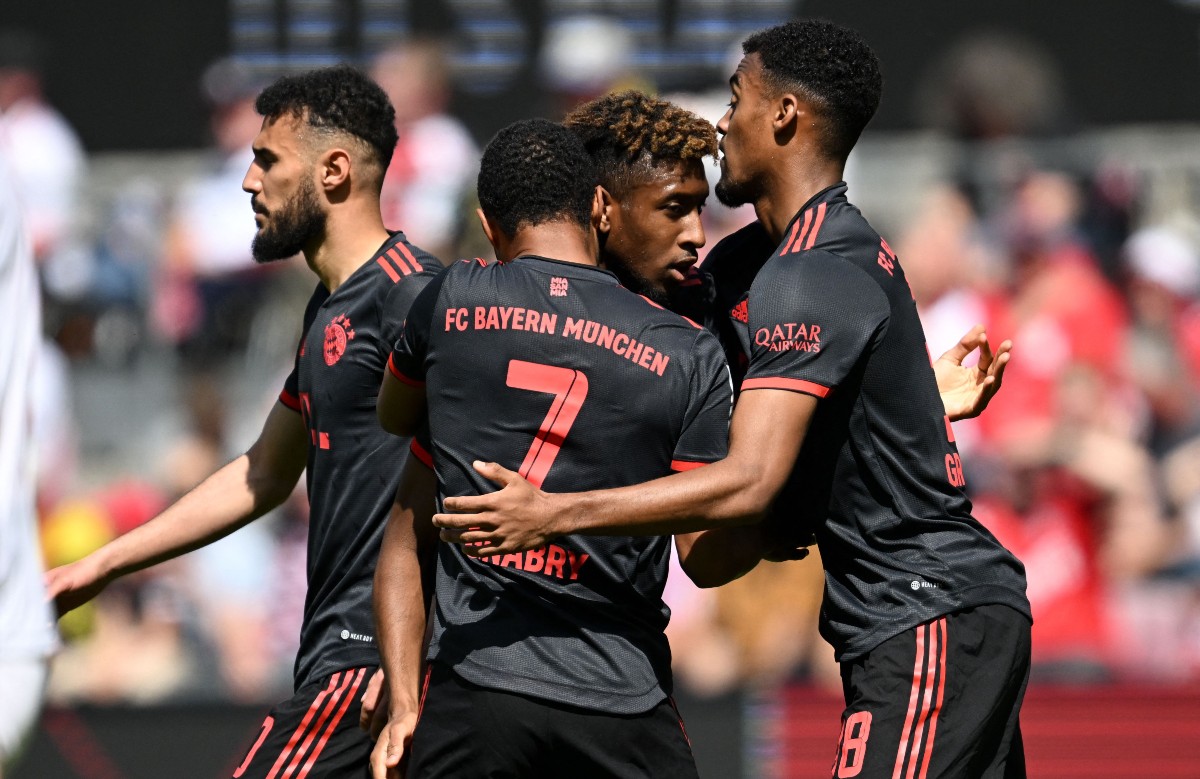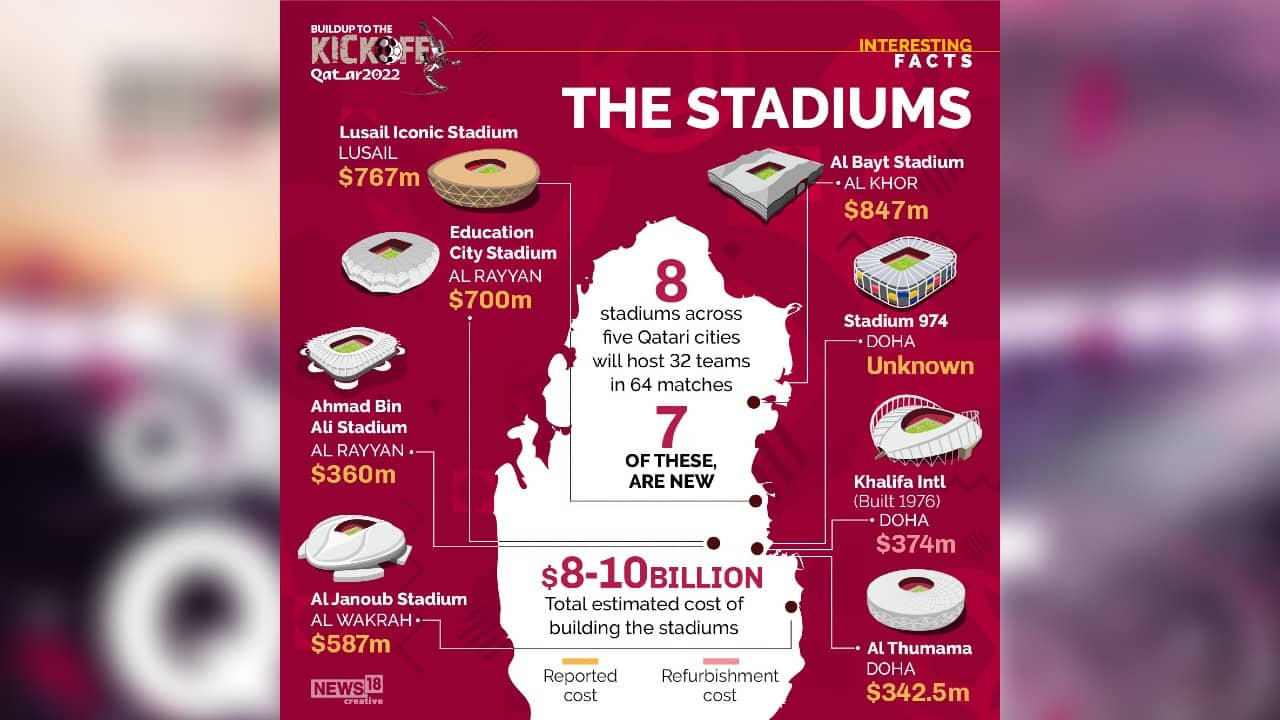
Bundesliga’s New Faces: Unpacking the Latest Player Transfers and Their Impact on Germany’s Top Flight
The German Bundesliga, renowned for its electrifying pace, tactical innovation, and passionate fan bases, consistently delivers captivating football. Beyond the action on the pitch, the transfer market plays a pivotal role in shaping the league’s narrative, determining the fates of clubs, and influencing the balance of power. The latest transfer windows, particularly the most recent summer and the preceding winter periods, have once again seen a flurry of activity, bringing in a host of new talents, facilitating strategic departures, and reshaping the competitive landscape.
This article delves deep into the significant player movements within the Bundesliga, analyzing the key arrivals and departures, the financial implications, and the tactical shifts these transfers have brought about. From the perennial title contenders to the ambitious mid-table outfits and the clubs battling for survival, every move has a ripple effect, setting the stage for an unpredictable and thrilling season.
The Giants’ Gambit: Bayern Munich and Borussia Dortmund
No discussion of Bundesliga transfers can begin without examining the strategies of its two most dominant forces: Bayern Munich and Borussia Dortmund. Their transfer activities often dictate the overall market trends and set the tone for the title race.
Bayern Munich, ever the behemoth, entered the recent summer window with a clear objective: to solidify their squad and address areas of perceived weakness, particularly in the attacking department. The blockbuster signing of Harry Kane from Tottenham Hotspur was undoubtedly the headline-grabber, a move that sent shockwaves across European football. At a reported fee exceeding €100 million, Kane represents Bayern’s commitment to securing a proven goalscorer, a void left by Robert Lewandowski’s departure the previous season. His arrival immediately elevated Bayern’s attacking prowess, providing a clinical finisher and a leader in the final third.
Beyond Kane, Bayern strategically reinforced their defense with the acquisition of South Korean international Kim Min-jae from Napoli. Kim, a robust and commanding center-back, quickly integrated into the backline, providing much-needed stability and a physical presence. The arrivals of Konrad Laimer (RB Leipzig) and Raphaël Guerreiro (Borussia Dortmund), both on free transfers, added depth and versatility to the midfield and left-back positions, respectively. These shrewd signings, while not as glamorous as Kane, underscored Bayern’s ability to capitalize on market opportunities and strengthen key areas without exorbitant fees.
On the departure front, Bayern bid farewell to several notable players. Sadio Mané’s short-lived tenure ended with a move to Al-Nassr, while Lucas Hernández joined Paris Saint-Germain, and Benjamin Pavard moved to Inter Milan. These departures, while generating significant funds, also necessitated the incoming transfers to maintain squad quality. Bayern’s strategy, as always, revolved around strengthening their starting XI for domestic dominance and a renewed assault on the Champions League.
Borussia Dortmund, Bayern’s closest rivals, faced a different challenge: replacing the irreplaceable. The departure of generational talent Jude Bellingham to Real Madrid for a fee potentially exceeding €100 million was a massive blow, but also an opportunity for significant reinvestment. Dortmund’s strategy focused on bolstering their midfield and defensive solidity.
They brought in Felix Nmecha from VfL Wolfsburg, a dynamic midfielder with an eye for goal, though his transfer fee raised some eyebrows. More significantly, Marcel Sabitzer arrived from Bayern Munich, offering experience, leadership, and a potent long-range shot. His familiarity with the Bundesliga and Champions League level made him a valuable addition. In defense, Algerian international Ramy Bensebaini joined on a free transfer from Borussia Mönchengladbach, providing a solid option at left-back.
Dortmund also focused on developing young talent, a hallmark of their philosophy. While not always immediate first-team starters, their investment in promising youngsters continues to be a crucial part of their long-term strategy. The challenge for Dortmund lies in collectively compensating for Bellingham’s immense influence, both on and off the pitch, and ensuring their new signings can seamlessly integrate into Edin Terzic’s tactical system to mount another serious title challenge.
The Aspiring Challengers: RB Leipzig, Bayer Leverkusen, and Eintracht Frankfurt
Beyond the top two, a cluster of ambitious clubs consistently vie for Champions League spots and occasionally threaten the duopoly. Their transfer activities are often characterized by shrewd business, developing talent, and tactical evolution.
RB Leipzig continued their well-established model of buying promising young players, developing them, and then selling them for significant profits. The sale of star defender Josko Gvardiol to Manchester City for a massive fee was a testament to their successful scouting and development system. With the funds, Leipzig intelligently reinvested, bringing in a host of exciting talents.
Belgian striker Loïs Openda arrived from Lens, providing pace and a clinical edge up front. The loan signing of Xavi Simons from Paris Saint-Germain proved to be an instant hit, with the attacking midfielder showcasing incredible creativity and goalscoring ability. Other notable arrivals included young striker Benjamin Sesko from Red Bull Salzburg and center-back Castello Lukeba from Lyon, further bolstering their squad with high-potential players. Leipzig’s transfer strategy ensures they remain competitive while maintaining financial sustainability, making them perennial contenders for European qualification.
Bayer Leverkusen, under the astute guidance of Xabi Alonso, underwent a significant transformation in the transfer market, aiming to build a squad capable of challenging for European spots and perhaps even more. Their signings reflected a clear tactical vision: a blend of experienced leaders and dynamic attackers.
The arrivals of Granit Xhaka from Arsenal and Jonas Hofmann from Borussia Mönchengladbach provided much-needed leadership, experience, and quality in midfield and attack, respectively. Alex Grimaldo, a highly-rated left-back from Benfica, added attacking impetus and defensive solidity on the flank. Upfront, Nigerian striker Victor Boniface from Union SG proved to be an instant revelation, showcasing strength, speed, and a prolific goalscoring touch. These strategic acquisitions, combined with Xabi Alonso’s tactical acumen, quickly transformed Leverkusen into one of the most exciting teams in the league, hinting at a potential challenge for the very top.
Eintracht Frankfurt also experienced significant movement, most notably the dramatic deadline-day departure of their star striker Randal Kolo Muani to Paris Saint-Germain. This high-profile sale, while generating a substantial fee, left a gaping hole in their attack. Frankfurt moved quickly to replace him, bringing in Omar Marmoush from VfL Wolfsburg, Jessic Ngankam from Hertha Berlin, and later Hugo Ekitike on loan.
In midfield, the arrival of Ellyes Skhiri from FC Köln on a free transfer was a clever piece of business, adding steel and experience. Defensive reinforcements included Robin Koch on loan from Leeds United. Frankfurt’s challenge lies in collectively replacing Kolo Muani’s individual brilliance and ensuring their new attacking options can gel quickly to maintain their push for European qualification.
Mid-Table Ambitions and the Relegation Scramble
The transfer market is not just about the top clubs; it significantly impacts the entire league ecosystem. Mid-table teams often make astute signings to solidify their positions or push for European places, while clubs battling relegation look for players who can provide immediate impact and fight for survival.
Clubs like VfB Stuttgart managed to retain their key striker Serhou Guirassy, whose prolific goalscoring form made him one of the league’s most sought-after players. Their ability to keep him, at least for the first half of the season, was crucial for their strong start. SC Freiburg, known for their stability and intelligent recruitment, continued to make smart additions to complement their well-established squad. VfL Wolfsburg and TSG Hoffenheim also made strategic signings, aiming to climb the table and compete for European berths.
For newly promoted teams or those consistently battling at the bottom, the transfer window is a lifeline. They often target experienced players on free transfers or loan deals, seeking individuals who can provide leadership and a calm presence in high-pressure situations. The fight for survival often comes down to which team made the most effective, albeit often less glamorous, transfer decisions.
Broader Trends and Financial Dynamics
The latest transfer windows in the Bundesliga highlight several overarching trends:
-
Strategic Selling to Buy: While Bayern Munich can spend big, many Bundesliga clubs operate on a "sell to buy" model. The league continues to be a fantastic incubator for young talent, which is then often sold to wealthier leagues (primarily the Premier League) for significant fees. This allows Bundesliga clubs to reinvest, improve infrastructure, and maintain competitive squads despite not having the same financial muscle as their English counterparts.
-
Focus on Versatility and Tactical Fit: Modern Bundesliga coaches prioritize players who can operate in multiple positions or seamlessly fit into specific tactical systems (e.g., high-pressing, fluid attacking football). Data analytics and scouting networks play an increasingly vital role in identifying these profiles.
-
The Rise of Free Transfers and Loan Deals: With rising transfer fees, clubs are increasingly looking for value in the free agent market (like Laimer, Guerreiro, Bensebaini, Skhiri) and utilizing loan deals (Xavi Simons, Robin Koch) to add quality without long-term financial commitments.
-
Maintaining Identity: Despite the influx of foreign talent, Bundesliga clubs largely maintain a strong focus on developing German youth players and integrating them into their senior squads, ensuring a healthy pipeline of domestic talent.
-
Competitive Balance (Relative to Bayern): While Bayern’s financial might often allows them to sign the league’s top talents, the strategic acumen of clubs like Dortmund, Leipzig, and Leverkusen ensures the title race remains compelling. The depth of quality across the league, even in the mid-table, means there are no easy games.
Conclusion
The latest player transfers in the Bundesliga have profoundly reshaped the league’s landscape, infusing it with new talent, tactical innovations, and renewed rivalries. Harry Kane’s arrival at Bayern Munich has undoubtedly stolen the headlines, but the astute business conducted by Dortmund in the wake of Bellingham’s departure, Leipzig’s continued success in their talent factory model, and Leverkusen’s strategic overhaul under Xabi Alonso are equally compelling narratives.
These movements are more than just names on a squad list; they represent clubs’ ambitions, financial realities, and tactical philosophies. As the season unfolds, the true impact of these transfers will become evident, determining who challenges for the Meisterschale, who secures European football, and who battles to avoid the drop. One thing is certain: the Bundesliga, with its fresh faces and evolving dynamics, promises another season of captivating football for fans worldwide.



